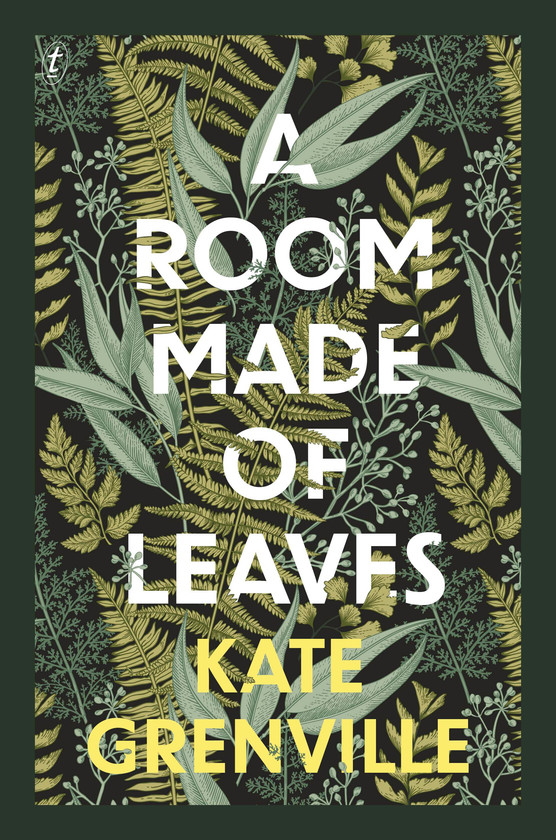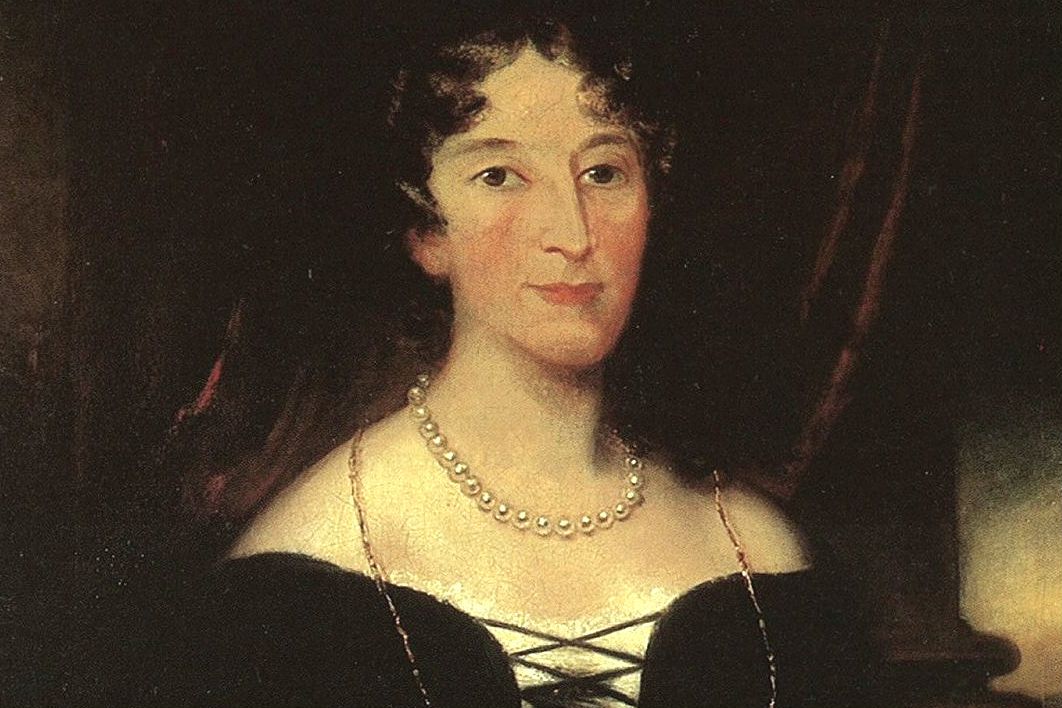There are echoes of Eleanor Dark’s Timeless Land trilogy, as the new
arrivals to Sydney Cove and Parramatta interact with the locals. Politics and
personalities are surmised in short sketches, such as the temperament of
Governor Arthur Phillip, and the conflict of struggling to acquire rights to
land, of which no one had rightful ownership, is a central theme in the novel.
The premise is that it is Elizabeth who knew about breeding
sheep, from her past life being raised on a sheep farm, and that she hid her
skills behind her husband’s bombast. It is Elizabeth who is at the centre of images
of wool and breeding combined with metaphors of tupping rams and protection of
lambs, rather than John Macarthur. Macarthur himself is portrayed less than
favourably, as “rash, impulsive, changeable, self-deceiving, cold, unreachable,
self-regarding.” His character, however, is also assessed with a modern medical
understanding of mental health. “My husband was someone whose judgement was
dangerously unbalanced. There was a wound so deep in his sense of himself that
all his cleverness, all his understanding of human nature, could be swept aside
in some blind butting frenzy of lunatic compulsion.”

Australian $2 note featuring John Macarthur and a merino sheep (designed 1965)
Her morals are compromised when she has a liberating
sexual affair with William Dawes, the colony’s surveyor, astronomer and
mapmaker. This is entirely supposition on Greenville’s part and, although it serves
the narrative, one wonders what Macarthur’s descendants make of this fictional
fabrication. Dawes instructs Elizabeth in scientific adventure while conducting
an erotic entanglement in a secret bower; the ‘room of the leaves’ of the title
and the exquisitely designed cover. The parlours and salons of this world are
stifling, while the outside world is wild and permissive, which is made
abundantly clear. Elizabeth abandons herself to pleasure with another man, and
also with herself, exclaiming, “How much better to have your own true self for
company than to be lost in the solitude of an unhappy marriage.”
In the midst of the affair, she considers her
connection to the particular part of the land on which she has experienced
happiness, even though she knows it is ephemeral. The tone is one of the
current reflection of reconciliation and understanding of the indigenous
ownership of land, which does not seem to be recorded at the time. She knows
that she is on Burramattagal land, and, although she takes it from them and
farms it for profit, she condemns others who do the same: “Every settler with a
deed in his pocket felt entitled to chase away the tribes from the land that he
thought now belonged to him by virtue of that piece of paper.” She considers
the fact that they “obstinately remained” with something reflective of settlers’
guilt.
The intricate weaving of the woodland copse is
reflected in the capricious construction of the narrative, as Grenville teases
out fancy from the few facts available. Elizabeth writes of her letters home, “I
composed a glorious romance about all this for my mother. I would not lie, not
outright. I set myself a more interesting path: to make sure that my lies occupied
the same space as the truth. I am reading over the copy now, decades later,
with admiration for my young self.” She twists apparently finding fun in this
obfuscation, as a demonstration of her wit and intellect, just as Grenville
does in her own interpretation.


No comments:
Post a Comment